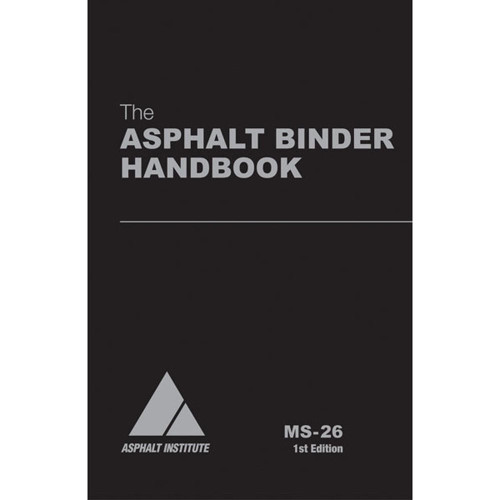Asphalt Binder Handbook
The Asphalt Binder Handbook, prepared by the Asphalt Institute, is a manual for asphalt binders and bitumen, and is a compilation of other AI publications including SP-1, MS-4, MS-5, MS-19 and MS-25 manuals. The fully-illustrated book contains information on Multiple-Stress Creep Recovery Test, testing variability and resolution, and the generation of mastercurves.
Features:
- Complete resource on asphalt binders and bitumen for asphalt professionals
- Created by the Asphalt Institute
Dimensions 8.5 x 11in (216 x 279mm), WxH
View the full line of lab supplies and ASTM Reference Books and Materials



